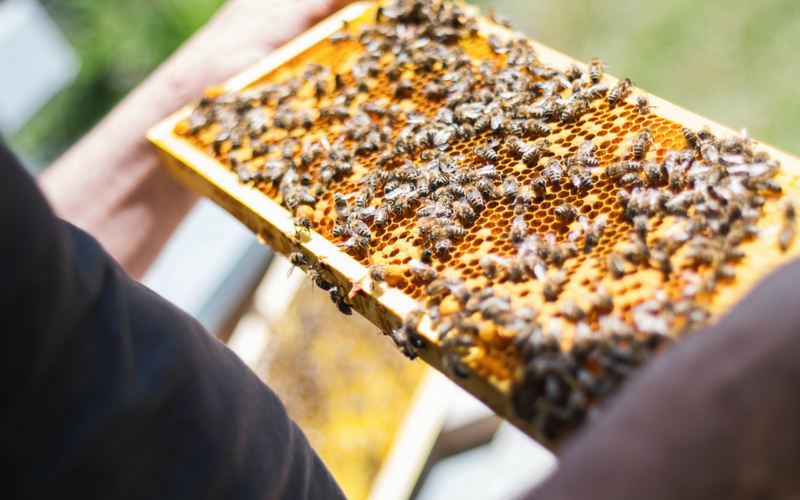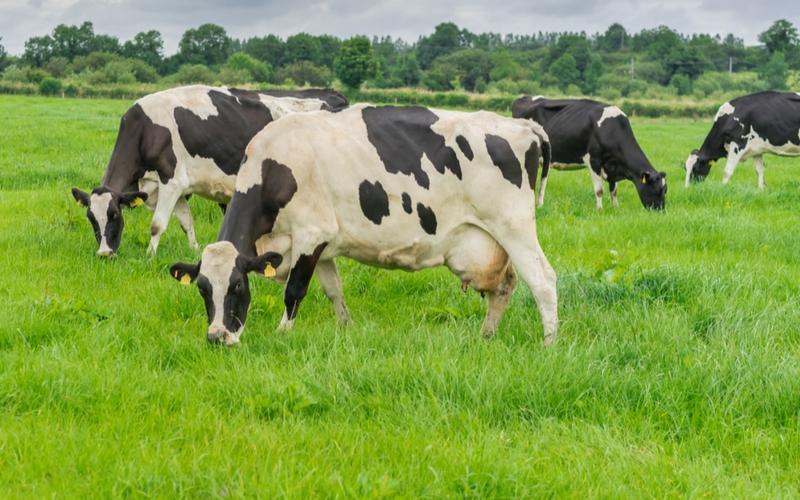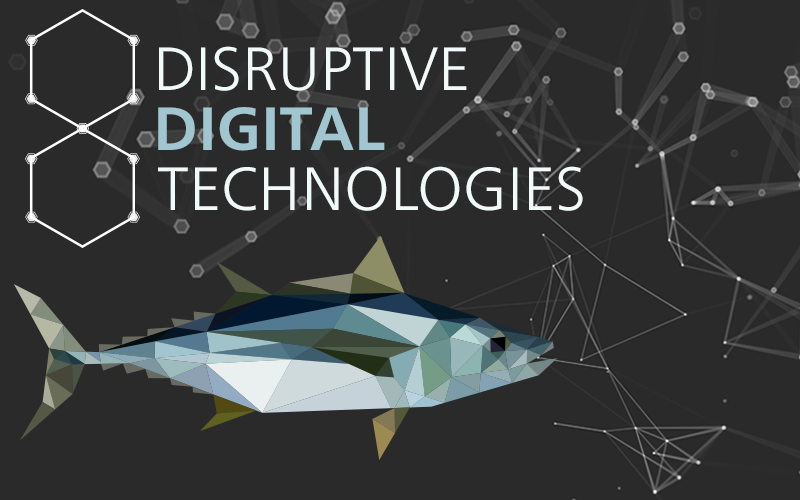Matthew Smith: The world’s most exciting feed market
To listen to our entire conversation with Matthew, click on the player.
Tom: Where is the world’s most exciting animal nutrition market? Matthew Smith is here to tell us about that. Hint: Matthew is Alltech vice president of Asia-Pacific. Thank you for being with us, Matthew.
Matthew: It’s a great pleasure.
Tom: Let’s go to that question. What country is home to the most exciting nutrition market?
Matthew: One word: Vietnam.
Tom: And why is that?
Matthew: I would describe Vietnam as the most dynamic marketplace for agribusiness and agri-food currently within the Southeast Asian region. It’s probably best to put Vietnam in context with the Asian countries: It has the second-highest population density of the Asian countries. Of course, number one is Singapore. Singapore is a completely different model. Food security is the main concern in Singapore. But in Vietnam, we have many hidden treasures that are yet to be discovered globally, which are making a big difference in the industry in Vietnam. They have the potential to change the way in which other countries produce protein by adopting the right technology and the right platforms to get to the consumer.
Tom: What are the dynamics in Vietnam? What’s driving this?
Matthew: The consumer. It’s very much a move toward growth in the middle-income bracket and the desire to westernize. Food is very much about culture in Asia, and culture is about food. The two are inseparable.
We do see a significant shift toward well-being and wellness and a more informed choice about food, maybe food with a story.
Clearly, the dominant segment of the industry — the highest consumption — is pork. When we look at that as a metric in the feed industry, pork or swine feed would account for about 64 to 65 percent of the 19 million tons of feed consumed annually in Vietnam. The majority of the remainder is poultry feed, so it’s really very conventional.
However, we’re seeing big growth now in the move toward packaged and processed food. And, ironically, the biggest segment of the packaged food market is milk. I would describe milk as probably the real disruptor at the moment within the Vietnamese industry.
Tom: Can you elaborate on that?
Matthew: I say the biggest disruptor because, where is the largest centralized dairy in the world?
Tom: Vietnam?
Matthew: Good answer. That wouldn’t be apparent to most people. When we say centralized dairy, there is a business in the central part of Northern Vietnam that was originally a joint venture with an Israeli conglomerate and the Vietnamese government. They decided that they were going to produce milk in what effectively is a desert. And they now milk 42,000 cows on one farm, with the majority of the feed being produced on the farm in terms of total mixed rations.
The business is called TH Milk. It’s a fully integrated operation, a runaway success story in terms of the utilization of technology, whether it be milking technology or feeding technology or technology that they use to purify the water for the cows to drink. Also, the way in which they process all of the effluent and waste from the dairy farm so that you will have an entirely sustainable unit.
But, when we talk about disruption, it’s the way in which that milk is sold. Milk is very much seen as a premium drink. Domestically, the dairy industry within Vietnam only produces about 28 percent of demand. So, that creates a huge opportunity. The business, TH Milk, and other businesses that operate in a similar fashion have really made the purchase of milk into a consumer experience.
Tom: Is dairy a relative newcomer to the Vietnamese diet?
Matthew: No. There would have been a lot of what we would describe, maybe, as backyard farming in terms of dairy production. So, it would have been sustenance. We would have two, three cows, and we would produce for the family and the neighbor. We would share the milk. However, given this huge increase in demand for the consumption of milk, that’s prompted much more cohesive dairy farming and has attracted a huge amount of investment. That sums up Vietnam’s move away in the 1990s from a centralized approach to agriculture and food production and much more toward primary production and integration.
Tom: What are the opportunities for emerging technologies, innovation in the Vietnamese market?
Matthew: One of the biggest trends that we see within the Vietnamese market is the use of technology on the horticulture side. There is a lot of investment from engineering industries, from car manufacturers, from businesses that would not historically have been related to agriculture in terms of them utilizing distribution mechanics.
We’re talking about growing vegetables in an enclosed environment: hydroponics, etcetera. And those other industries see a lot of overlap with their technologies in terms of assisting in a huge increase in vegetables, which would be grown very close to the cities, which obviously are the primary markets.
Tom: I’ve read that Vietnam’s aquaculture market has nearly doubled in only a few years. If that’s true, what’s driving it?
Matthew: One of the most recognized brands in the U.S. and Europe would be barramundi. Barramundi would be the Asian sea bass equivalent. The brand is actually called Australis. Most consumers would buy that to fillet. Very nicely packaged and very heavily branded, believing that it’s come from Australia. But it hasn’t. It’s from a very progressive operation, which grows the barramundi offshore in cages, in an extremely isolated environment that has incredible water quality, which is what’s needed for sustainability and to grow the fish and have a good feed conversion rate.
That’s just one example of people using a brand that doesn’t necessarily present itself as coming from Vietnam, but that is utilizing the environmental assets Vietnam has. You do have to contrast that with some of the challenges that Vietnam has in terms of the environment, the recycling of waste, areas the industry is attempting to tackle. That’s another opportunity for technology.
Tom: We’ve been focusing on Vietnam, but what about other countries in the region such as Myanmar, Cambodia, Mongolia?
Matthew: All of those countries represent a huge opportunity for technology for a number of different reasons. Cambodia is wedged between Vietnam and Thailand, two countries that have much greater recognition in terms of the food chain and primary production. But Cambodia itself is a natural resource, a very clean environment where crops can be grown, particularly in the south. As you move up to the north, you start to see the opportunity for fruits and vegetables to be grown. Cambodia is the world’s largest exporter of mangoes, a fact that is not necessarily at the forefront of people’s minds when they consume a mango.
We have to embrace the local regulations, which, until recently, has been a challenge for businesses going into those countries to set up operations. But there is a growing industry in Cambodia on the aqua side, a growing industry on the poultry side.
Myanmar, for many, many years was a closed market, but now government policy is changing. Myanmar is dominated by the poultry industry. And that poultry industry has the potential to grow with technology, to scale up and be in a stronger position to supply the export markets.
Tom: What disruptors do you expect to see in this emerging market?
Matthew: I guess the implementation of a more cohesive food chain, more cohesive supply chain and retail outlets.
Thailand and Vietnam are not well-known for having big supermarkets, but they have an increasing number of smaller retail outlets, which are generally owned as part of integrated operations. So, whilst we still have a big wet market where food is bought on a daily basis and consumed that day, there is a much greater move toward processed and packaged food, and that has big implications. It requires a supply chain. It requires refrigeration. It requires speed. But with growing affluence in that middle class, the opportunity for the consumer to purchase packaged food is a clear opportunity and will be a disruptor moving forward.
Tom: How is Alltech fitting into the Vietnamese market? What’s going on there?
Matthew: We opened our Vietnamese office in 1993. So, we’ve been there for some time now. As with all of the Alltech businesses, we really look to localize our approach in terms of the makeup of the team from a production point of view, from sales, from a marketing perspective. People who really know and understand the industry.
Vietnam has been a very successful marketplace for us in the past 24 years, and we just see our business going from strength to strength as we are now in the position to offer more feed solutions to a growing feed industry.
Across the Asian countries, we’ve had a presence for a minimum of 20 years. Myanmar is new. Cambodia is new, and Mongolia will be very new for us. A very small market, but it represents the opportunity for us to localize our business and takes us into more of those countries.
Tom: Matthew Smith is Alltech vice president of Asia-Pacific. Thank you so much for joining us.
Matthew Smith spoke at ONE: The Alltech Ideas Conference (ONE17). To hear more talks from the conference, sign up for the Alltech Idea Lab.






















